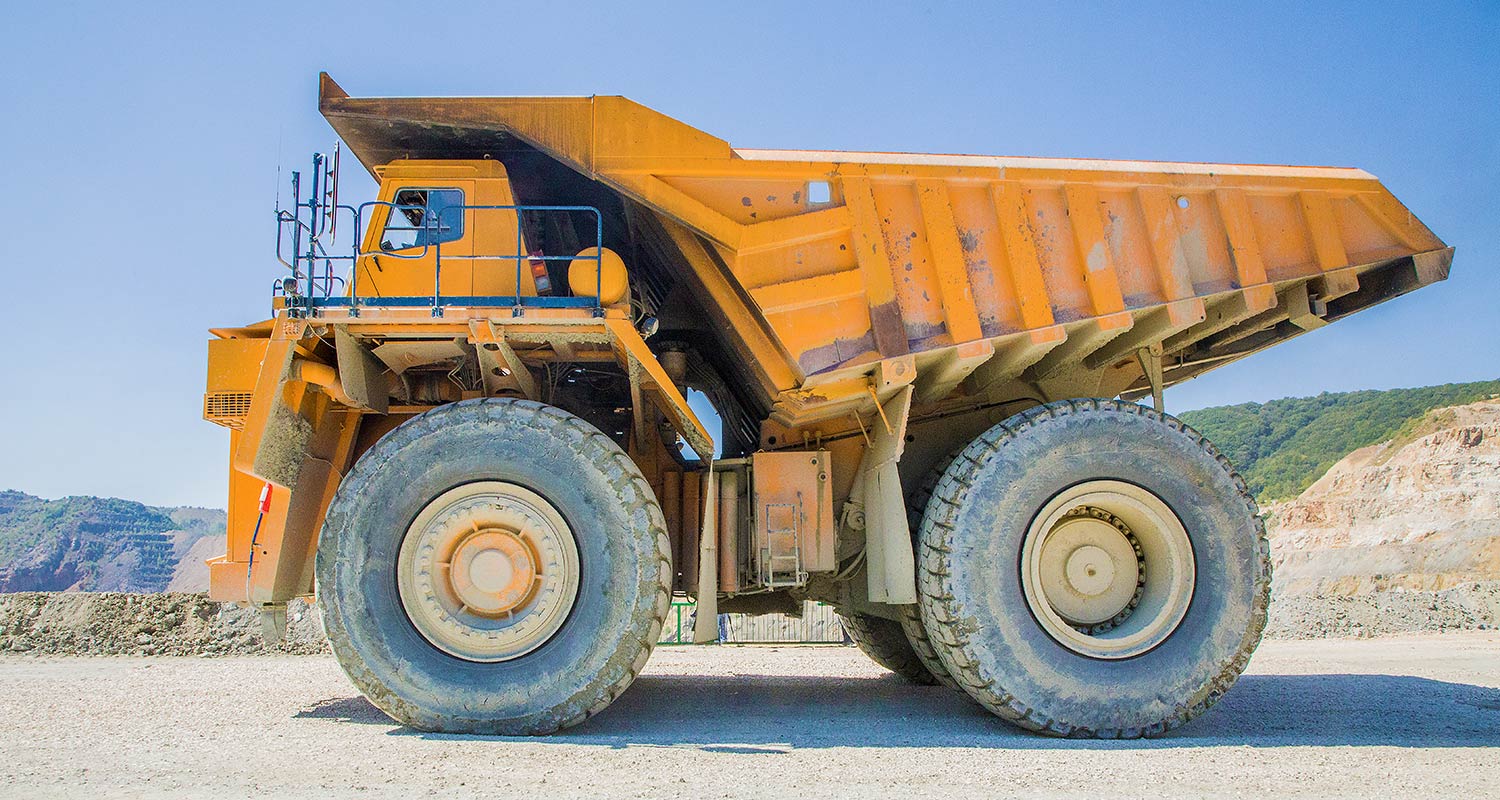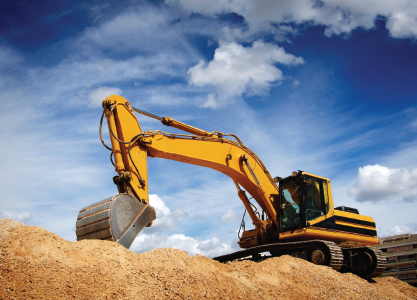Optimize Productivity: Update Your Machinery with Aftermarket Construction Equipment Parts
Optimize Productivity: Update Your Machinery with Aftermarket Construction Equipment Parts
Blog Article
Typically Used Construction Equipment Components Explained

Excavator Pail
When taking into consideration the performance of an excavator, the excavator bucket plays an essential duty in its general efficiency and performance. The excavator bucket offers as the main add-on for digging, training, and delivering materials on building and construction sites - Aftermarket Construction Equipment Parts. These containers come in various sizes and shapes, each developed for specific jobs such as trenching, grading, or durable digging
The product of the excavator container is normally made of solidified steel to stand up to the severe problems of building work. The cutting side of the container is strengthened to boost sturdiness and cutting performance. Additionally, some buckets feature exchangeable teeth or edges to make certain very easy upkeep and long term use.
The size of the excavator bucket straight influences the device's productivity (Aftermarket Construction Equipment Parts). Larger containers are appropriate for relocating bulk materials promptly, while smaller buckets supply accuracy in limited areas. Selecting the ideal bucket size for the job available is crucial for making the most of performance and completing tasks effectively
Bulldozer Blade
The excavator blade is a vital component of a bulldozer's tools, essential for different earthmoving and progressing jobs on building and construction websites. This huge, bent blade affixed to the front of the excavator is made to press products like sand, particles, or soil. Bulldozer blades come in various kinds, such as straight blades for fine grading and sloping, U-blades for carrying huge tons, S-blades for boosted rolling of materials, and combination blades for flexibility in numerous jobs. The angle and position of the blade can normally be adjusted hydraulically, permitting for reliable control and precision during procedure.

Crane Hook
The crane hook, just like the excavator blade in its performance and value on building websites, functions as a vital element of crane equipment for training and delivering heavy materials. This crucial part is usually connected to completion of the crane's cable rope to supply a safe and secure connection point for the load. Crane hooks are developed to endure enormous weights, making sure the safety of both the operators and the materials being lifted.
The form of the crane hook is thoroughly crafted to stop the tons from slipping off throughout transport. Different kinds of crane hooks are readily available to fit different raising requirements, such as C-hooks, S-hooks, and 3 or 4-prong hooks. The size and weight capacity of the crane hook must be very carefully matched to the crane's specs to make sure optimal performance and safety.
Normal inspection and upkeep of the crane hook are crucial to prevent accidents and make sure smooth operations on the building and construction website. Any kind of indications of deterioration should be immediately dealt with to prevent potential hazards during lifting procedures.
Backhoe Boom
A critical element of backhoe equipment that plays a pivotal function in excavation and material handling is the backhoe boom. The backhoe boom is the large, extendable arm located on the back of the equipment that is responsible for training, relocating, hop over to these guys and digging. Commonly, it is affixed to the back of the backhoe's framework and can be elevated or decreased using hydraulic cyndrical tubes. The backhoe boom is important for getting to deep right into trenches or high over the ground to carry out various tasks efficiently.
It is usually outfitted with a bucket or various other add-ons at the end to aid in excavating, training, and carrying materials. The flexibility of the backhoe boom makes it a useful tool for building and construction, landscape design, agriculture, and various other markets where excavation and material handling are called for.
Dump Vehicle Bed
Positioned additional resources behind a dump truck framework, the dump vehicle bed functions as the primary container for transferring and discharging numerous products on building websites. These beds can be found in different dimensions and forms, relying on the particular needs of the job - Aftermarket Construction Equipment Parts. Typically made from steel to endure hefty loads and harsh materials, unload truck beds are created to be long-lasting and long lasting
Dump truck beds are hydraulically run, enabling them to tilt and dump their materials effortlessly. This device makes it possible for reliable and fast discharging of products such as crushed rock, sand, dirt, or debris at the preferred place. The ability to rapidly deposit products makes dump associate beds vital in building projects where time is essential.
In addition, unload truck beds can be customized with functions such as side extensions, tarp systems, and tailgates to improve their capability. These additions aid in protecting the load throughout transport and preventing splilling, making sure a efficient and risk-free transportation process on building and construction websites.
Final Thought
Finally, understanding the functions and parts of frequently used building devices components is crucial for effective job completion. Excavator buckets, bulldozer blades, crane hooks, backhoe booms, and dispose truck beds all play essential duties in different construction tasks. By acquainting oneself with these tools components, building experts can properly use them to improve performance and efficiency on duty website.
The excavator bucket serves as published here the primary attachment for digging, training, and delivering materials on building sites.The material of the excavator container is generally made of hardened steel to stand up to the severe problems of building and construction work.Excavator blades are crucial for creating level surface areas, clearing debris, and pushing materials during building and construction jobs.The crane hook, much like the bulldozer blade in its performance and relevance on building sites, offers as a crucial element of crane devices for training and transporting heavy materials.Positioned at the back of a dump truck chassis, the dump vehicle bed offers as the main container for delivering and dumping different products on building websites.
Report this page